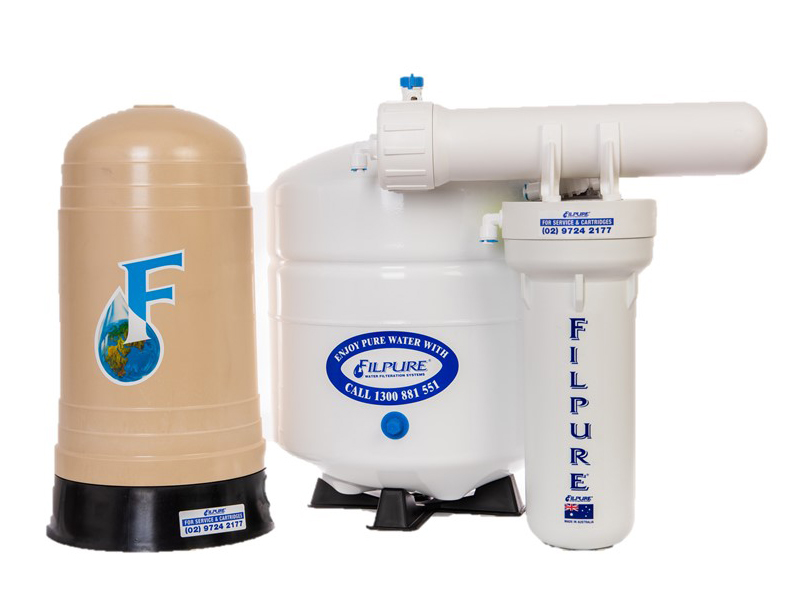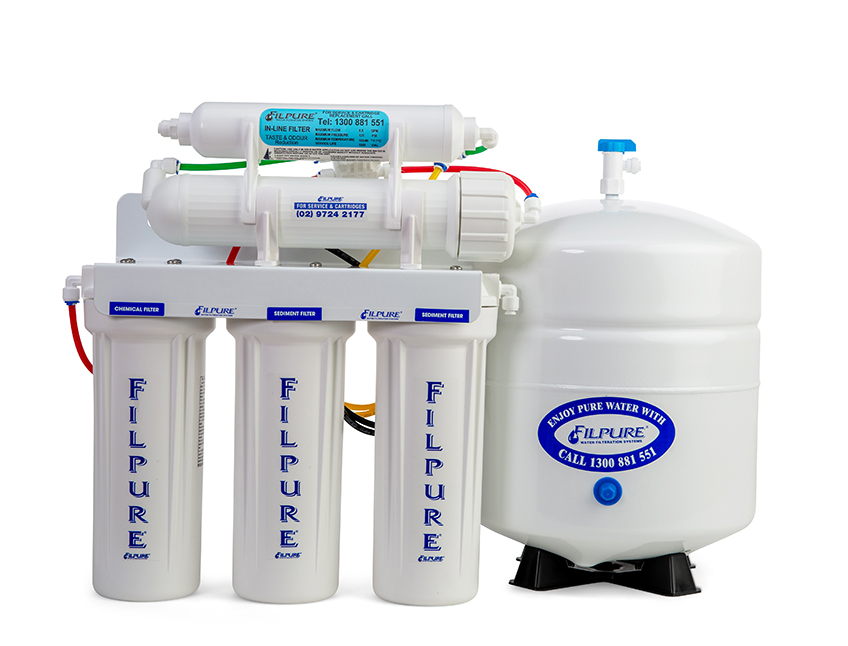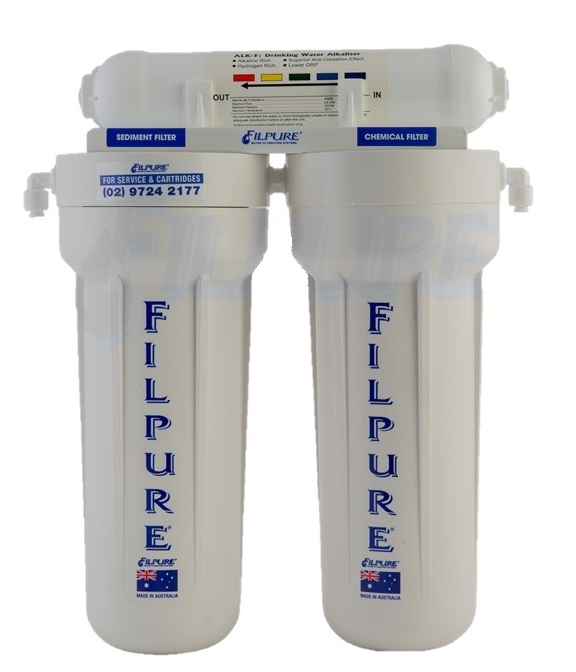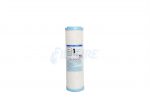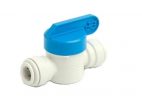
Why is My Drinking Water Cloudy?
Cloudy drinking water can be concerning for many individuals, prompting questions about its safety and quality. While clear water is often associated with cleanliness and purity, cloudy water doesn’t necessarily indicate contamination or harmful substances. Understanding the potential causes of cloudy water and how to ensure its safety is essential for maintaining optimal health and well-being.
Air bubbles
One common reason for cloudy water is the presence of tiny air bubbles, particularly when water is under pressure or has been aerated. These bubbles can give the water a milky appearance but are typically harmless and will dissipate over time. Another possible cause of cloudiness is the presence of sediment or suspended particles in the water, such as sand, silt or rust from aging pipes. While these particles can affect water clarity, they are not necessarily harmful to health.
In some cases, cloudy water may indicate the presence of contaminants or microbial growth, particularly if accompanied by unusual odours or tastes. Common contaminants that can cause cloudiness include bacteria, algae or dissolved organic matter. While these issues should be addressed promptly to ensure water safety, not all cloudy water poses a health risk.
Sediments or contamination
To determine whether cloudy water is safe to drink, it’s essential to consider the source and potential causes of cloudiness. If cloudy water is suspected to be due to sediment or air bubbles, allowing the water to settle or running the tap for a few minutes can often resolve the issue. However, if cloudy water persists or is accompanied by other signs of contamination, such as foul odours or unusual tastes, it’s advisable to refrain from drinking it and seek further evaluation.
How water filters can help
To make drinking water clear and safe, various measures can be taken, including the use of home water filtration systems. Filtration systems, such as activated carbon filters or reverse osmosis systems, can effectively remove sediment, contaminants and impurities from water, improving its clarity and quality. Additionally, regular maintenance of plumbing systems and periodic testing of water quality can help ensure that drinking water meets safety standards.
While cloudy drinking water can be alarming, it’s essential to understand the potential causes and implications for health. In many cases, cloudy water is harmless and can be addressed through simple measures such as allowing the water to settle or running the tap. However, if cloudy water persists or is accompanied by signs of contamination, it’s crucial to take steps to ensure water safety, including the use of home water filtration systems. By staying informed and proactive, individuals can enjoy clear, safe drinking water for themselves and their families.


